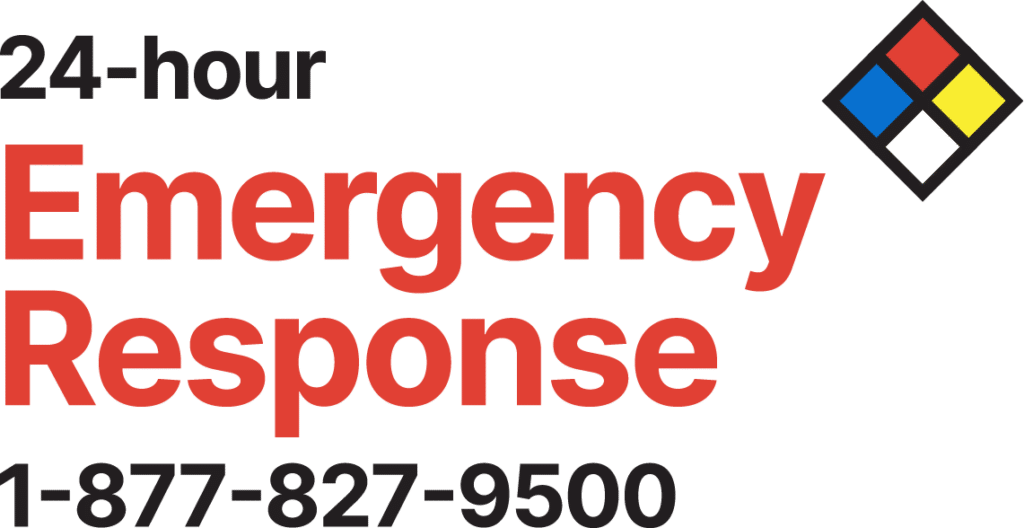Your SPCC Plan details what your facility will do in the event of an oil spill. Within it, you must demonstrate that you’re prepared for such an incident by describing your facility’s oil handling operations, spill prevention practices, discharge/drainage controls, and all of the personnel and equipment used to prevent oil spills. You must also include details about inspections, which are crucial to the maintenance of your facility. Regularly scheduled inspections by qualified personnel help with the detection of oil leaks, spills, and structural issues before they can cause a major discharge that reaches the navigable waters of the U.S. To ensure that your plan complies with all SPCC inspection requirements, contact Environmental Works, Inc. today.

SPCC Inspection Requirements
Facilities covered by the SPCC rule must (1) prevent oil spills and (2) prepare and implement an SPCC Plan. To prevent oil spills, a facility must periodically inspect aboveground pipes and oil containers according to industry standards. They must also test buried pipes for leaks when they are installed or repaired. Finally, facilities must keep a written record of all inspections and testing in their SPCC Plan for at least three years, though the EPA recommends that you retain the reports for the life of the container.
All SPCC inspection requirements are the responsibility of the facility owner or operator. The type of inspection program required and the scope and frequency of the program will depend on the specific site’s conditions. When writing the SPCC Plan, the facility owner or operator must specify the required qualifications for personnel conducting inspections and tests.
Your testing program may involve one or more of the following components:
- External Visual Inspection: The inspector must frequently look at the exterior condition of the containers, foundations, and supports. He or she will look for signs of deterioration, discharges, or the accumulation of oil in diked areas. External visual inspections should be a part of your facility’s regular routine. Trained facility personnel can complete these inspections.
- Testing for Integrity: The inspector will evaluate and test the integrity of each container on a regular basis and whenever material repairs are required. This may involve non-destructive testing methods, such as Magnetic Flux Leakage (MFL) or ultrasonic thickness (UT) measurements, vacuum box testing, and weld inspection. Depending on the applicable industry standard and your facility’s needs, you may need to hire a specialized professional, such as a certified inspector, for this job.
- Additional Evaluations: Additional evaluations may be conducted as needed to assess the condition of the container and ensure that it is fit for continued service. Evaluation procedures differ depending on whether the tank is in service or out of service.
Which oil storage containers must be inspected?
All of the following aboveground bulk storage containers must be inspected if they have a capacity of 55 gallons or more:
- Large (field-constructed or field-erected) and small (shop-built) bulk storage containers
- Containers located on the ground or off the ground
- Containers located partially in the ground (partly buried, bunkered, or vaulted tanks)
- Double-walled containers
Other containers that may also require routine inspections include the following:
- Oil-filled operational equipment
- Oil-filled manufacturing equipment
- Generator tanks
How do I develop a program for inspecting/testing my containers?
If you aren’t sure how to develop a program for the inspection and testing of your facility’s containers, give Environmental Works a call. Your SPCC Plan must be developed in accordance with “good engineering practice.” After figuring out which industry standards are applicable to your facility, we will determine the following:
- The appropriate qualifications for the personnel who will conduct inspections and testing
- The appropriate frequency of testing and inspections
- The appropriates types of testing and inspections
To do this properly, we will take many factors into account. For example, we will look at the size and configuration of containers as well as the design: shop-built, field-erected, skid-mounted, elevated, double-walled, partially buried, equipped with a liner, etc. In addition, we will determine what a “regular testing schedule” should look like considering your industry and the particular conditions of your facility. The frequency of testing must be sufficient to prevent discharges or meet industry standards.
Who can conduct inspection and testing procedures for my facility?
Unless your facility owner or operator qualifies for self-certification (view #7 on this list of EPA FAQs), you will need to employ a licensed Professional Engineer (PE) to certify your SPCC Plan, and the PE must visit and examine the facility and confirm that your facility has established procedures for required inspections and testing.
If your facility is looking for a PE to certify your SPCC Plan or to help you develop a plan, contact Environmental Works today. Our experienced environmental consultants assist companies of all sizes with environmental challenges and compliance issues. Plus, we offer a three-hour Spill Prevention Control and Countermeasure (SPCC) Training course. This annual training is required for any organization that is required to have an SPCC Plan by the EPA, and you must keep proof of this training in your records. For more information about EWI’s services, please contact us online or give us a call at 417-890-9500



